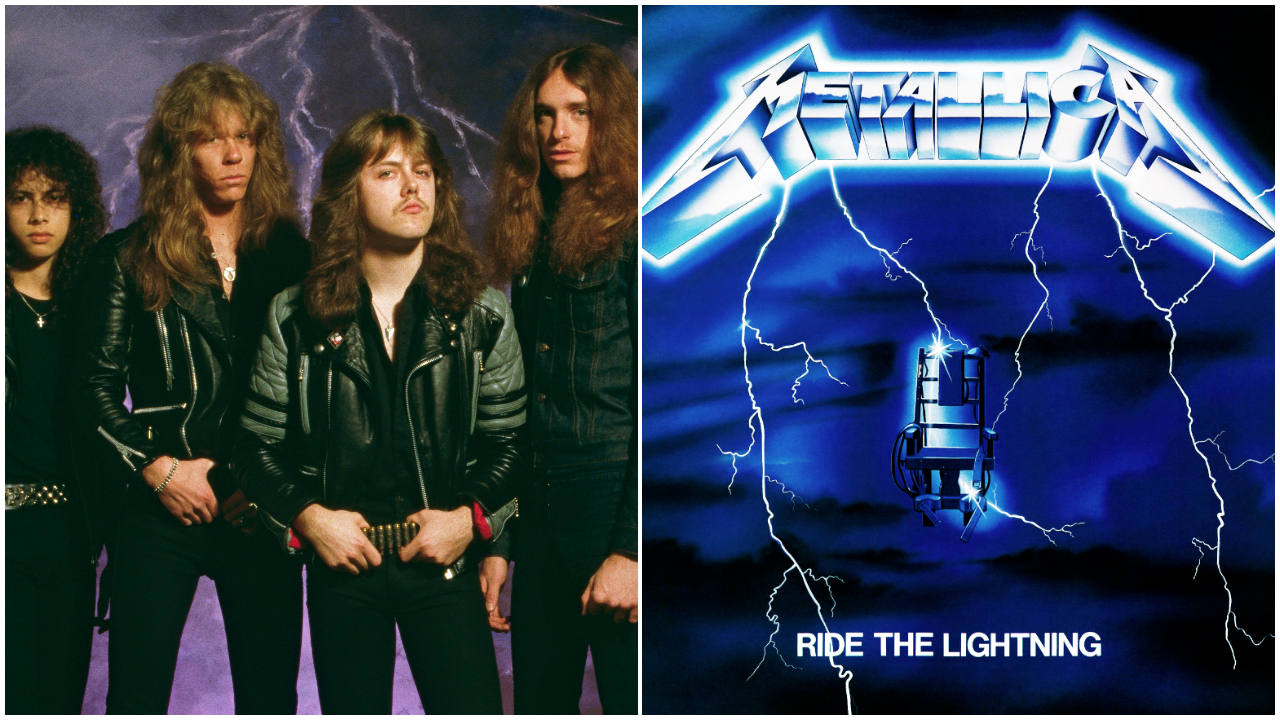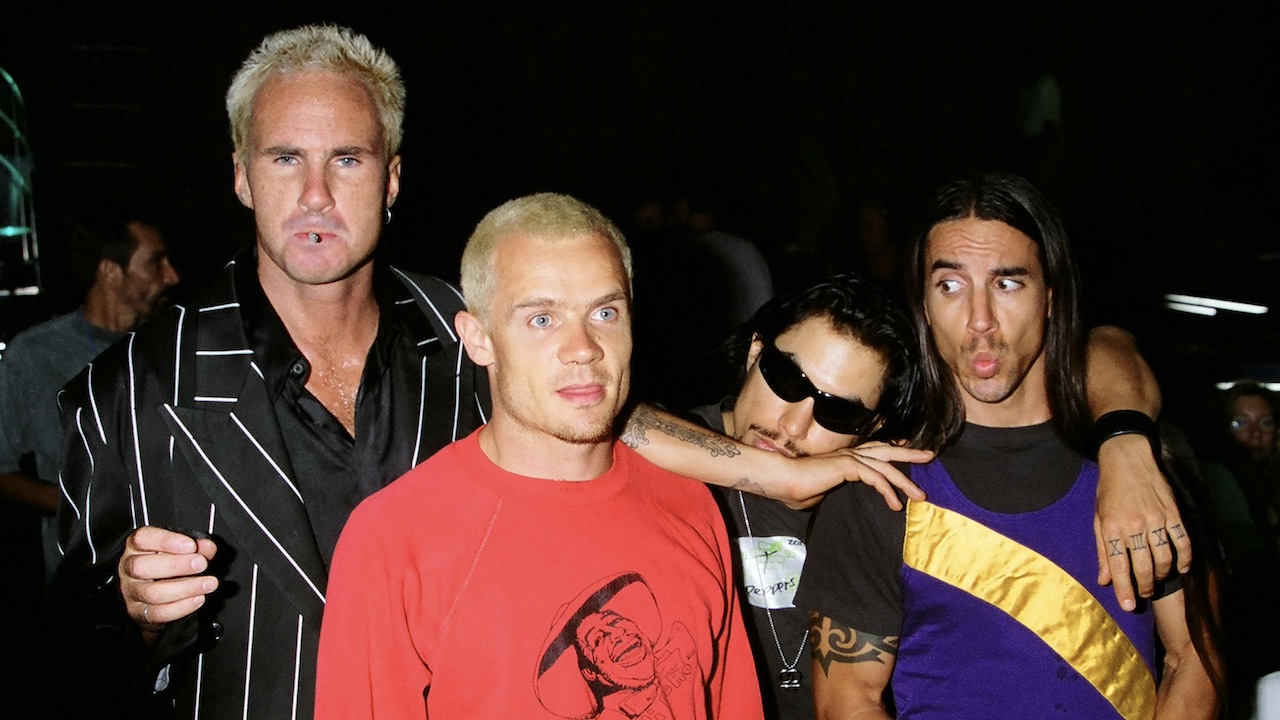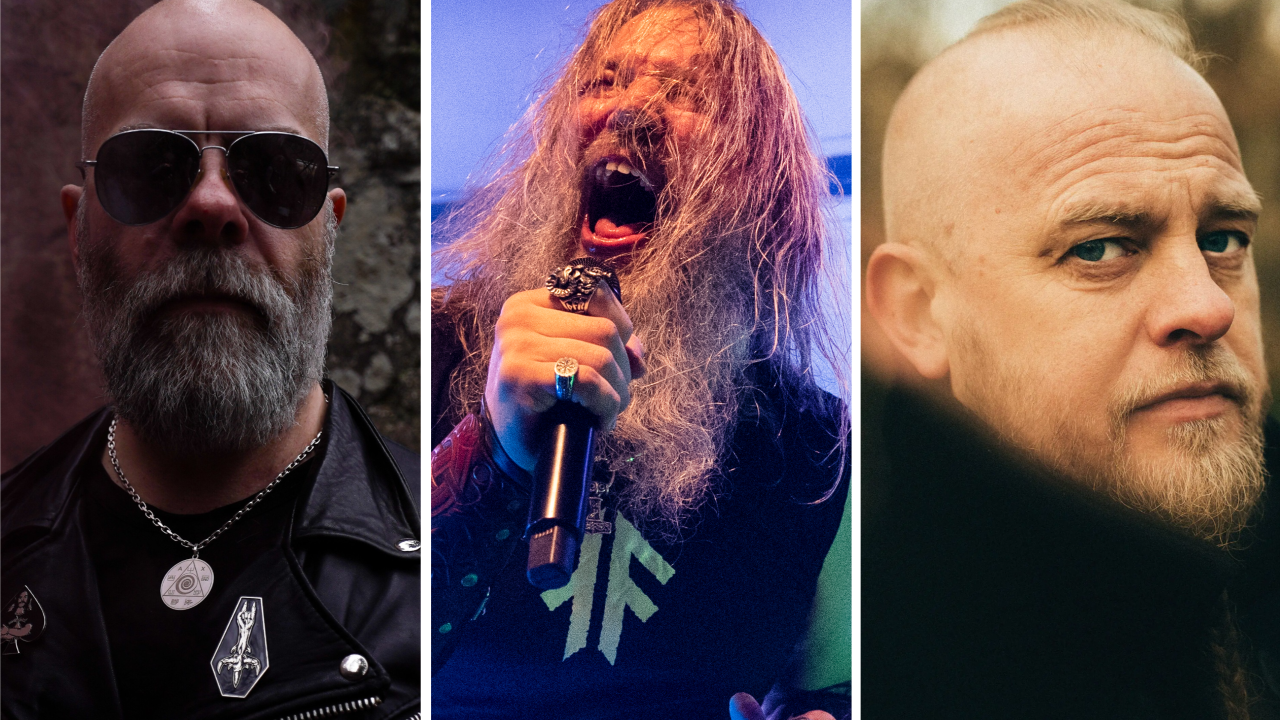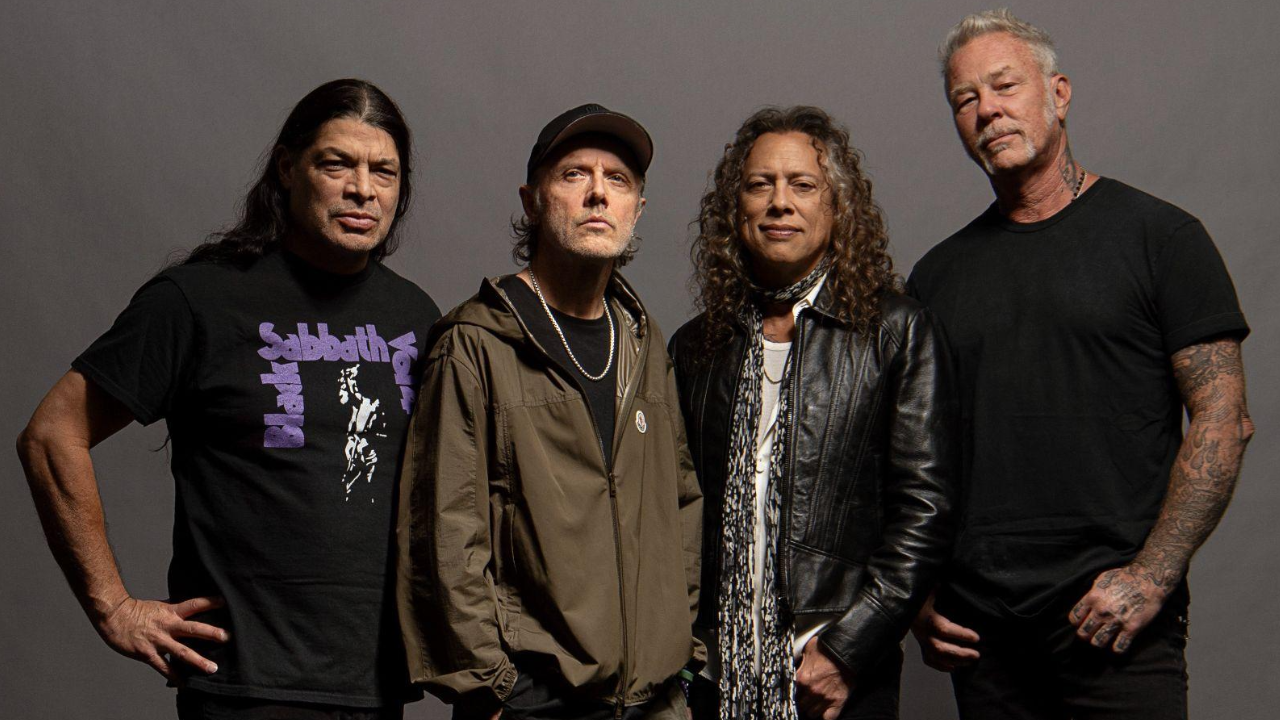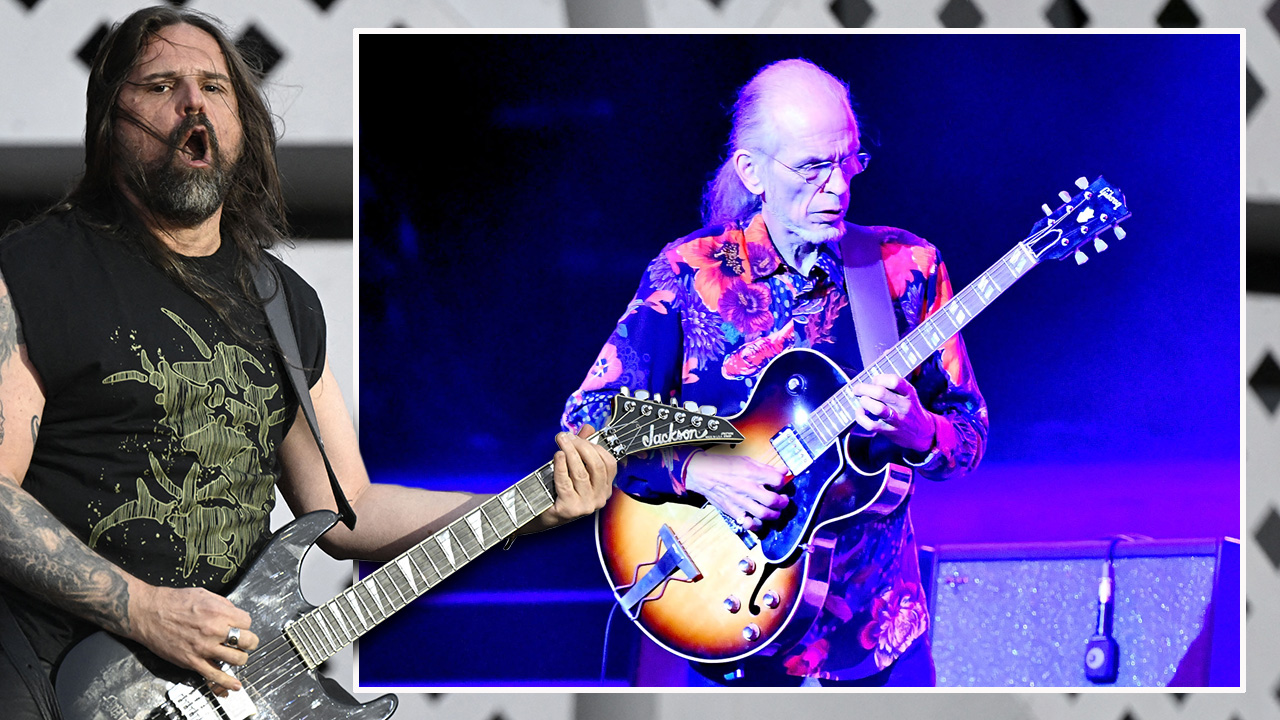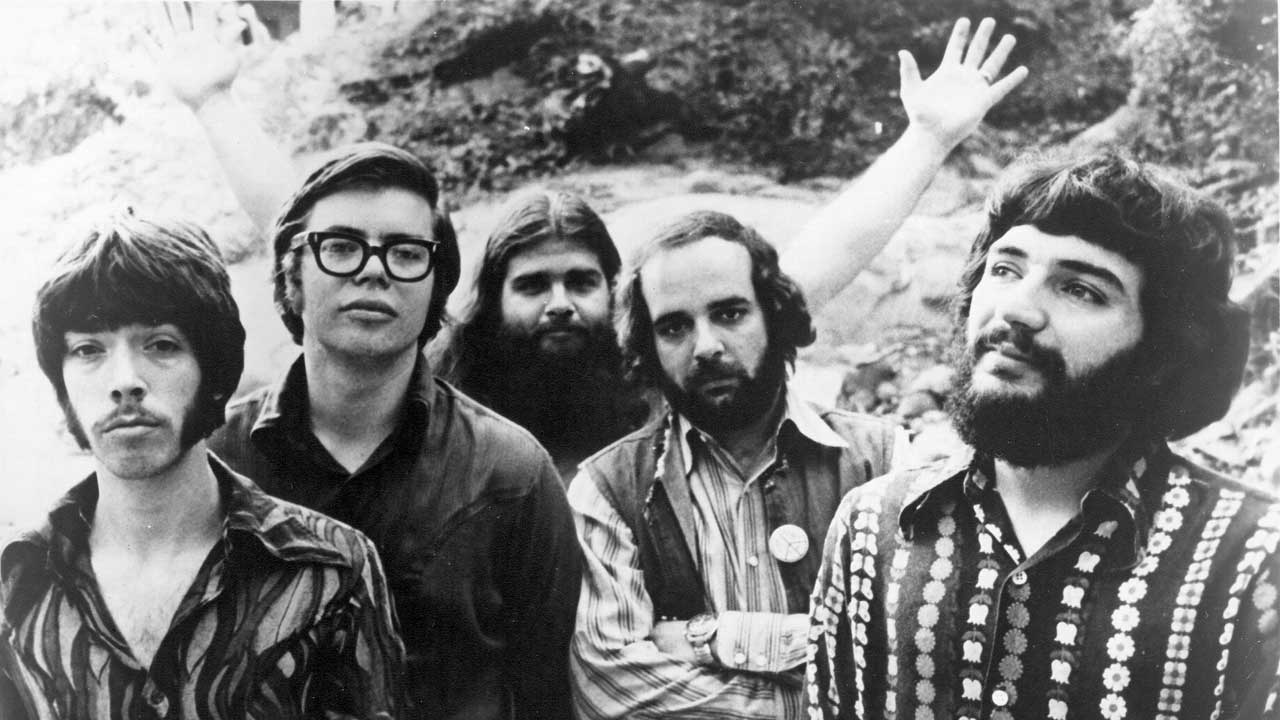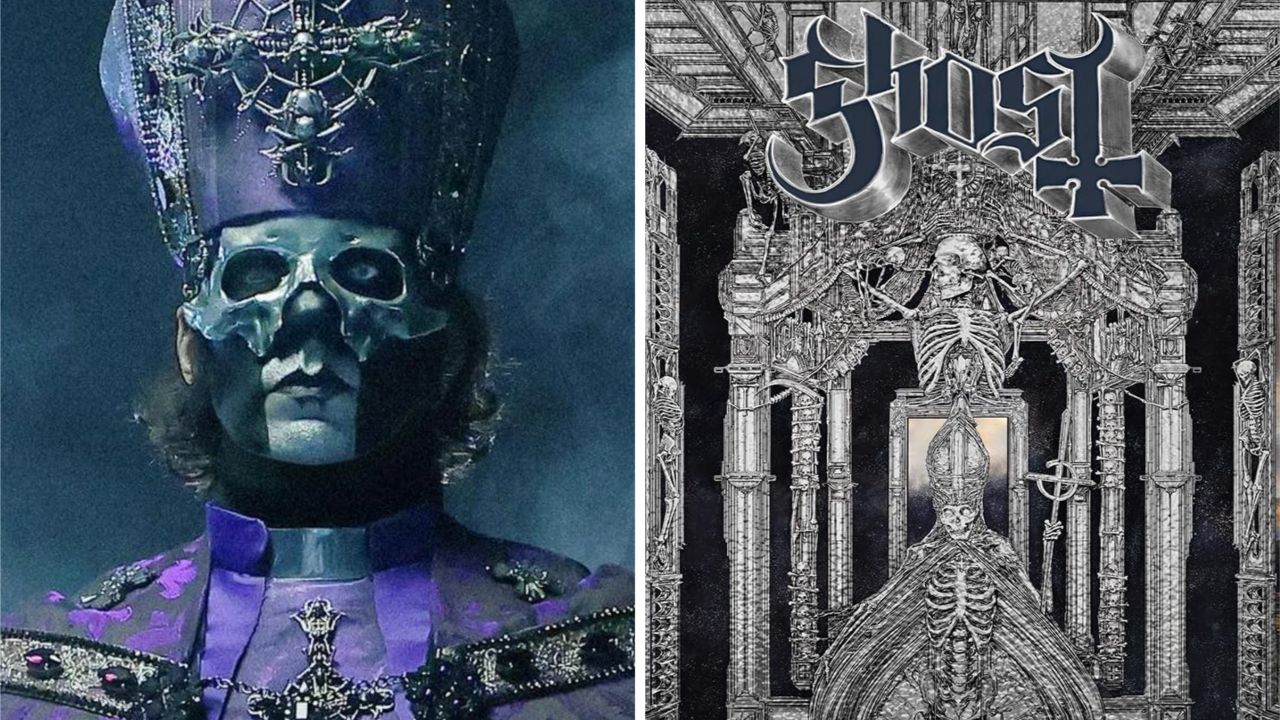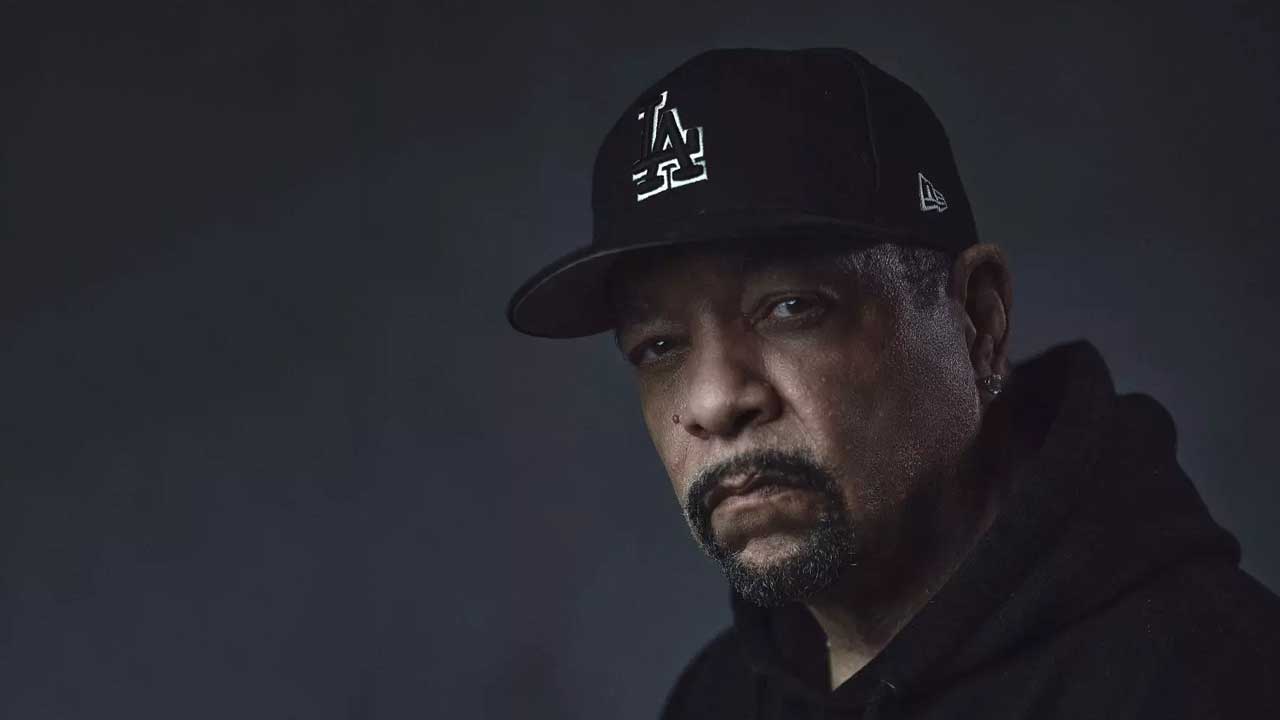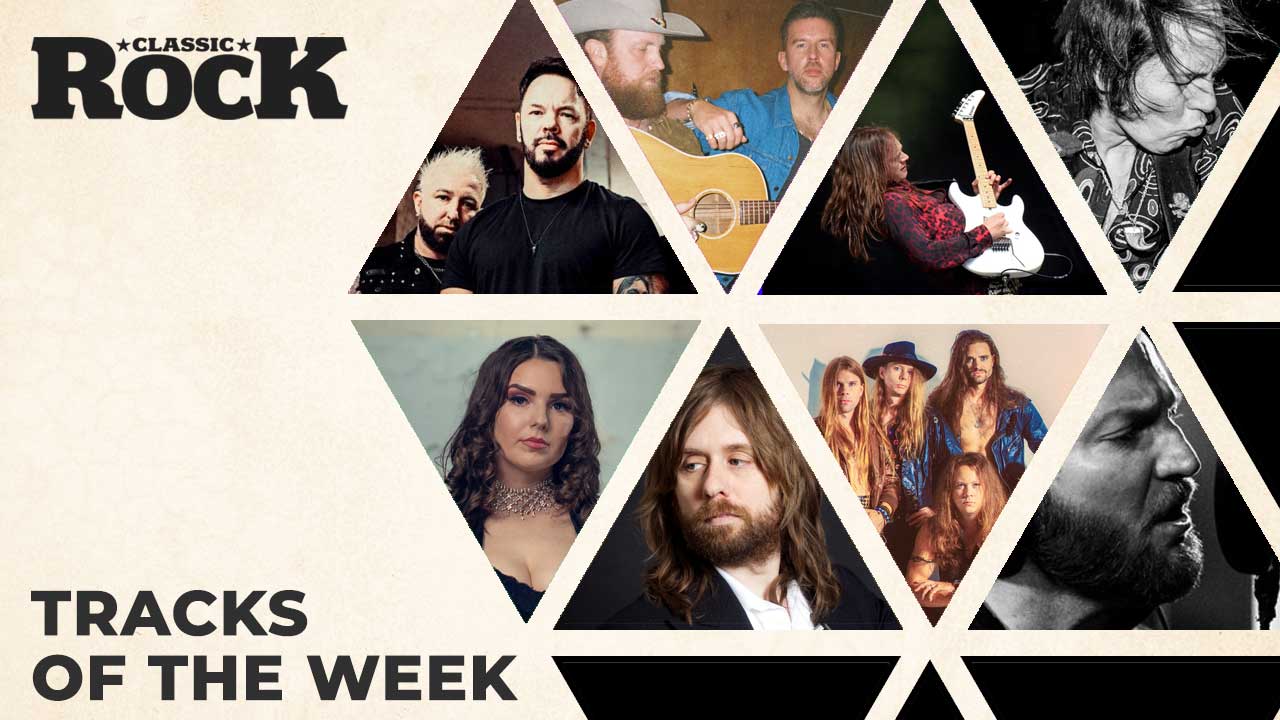Metallica’s landmark debut album Kill ’Em All was ground zero for the thrash metal scene, but they weren’t hanging around for anybody. Their second album, Ride The Lightning, was released just a year and two days later, on July 27, 1984.
That record instantly opened up a gulf between Metallica and the rest of the burgeoning thrash pack. Sure, it had the energy, power and vodka-fuelled velocity of its predecessor, but it also had the kind of ideas, ambition and confidence that the competition couldn’t even dream of. Metallica may have laid down the markers for this new scene, but it was clear that there was way more to them than just thrash metal.
Almost 40 years on, Ride The LIghtning stands as the band’s first true step to greatness. Here, drummer Lars Ulrich and guitarist Kirk Hammett talk us through the tracks that opened up the next chapter in the thrash metal story and pointed the way towards Metallica’s glorious future.

Fight Fire With Fire
After the youthful thrash of Kill ’Em All, the opening track of Ride The Lightning was the most startling thing Metallica had recorded yet: a gentle intro gives way to a relentless sonic assault that was even faster than anything on the debut. The sound of band who knew the future would be theirs.
Kirk: The main riff was around on the Kill ’Em All tour. I remember hearing it on a riff tape, so the seeds were around even then. The acoustic intro was something that Cliff [Burton, bass[ would play on the acoustic guitar all the time – and I mean all the fucking time (laughs). We weren’t trying to provoke anybody with that intro – it was a natural thing. I didn’t see any limitations to what we wanted to do. The possibilities were sky high. And you have to understand, we were creating our own playing field here. We were going to places that no one else had gone before, and we were happy going there. It made sense to try weird new things out – why not?”
Ride The Lightning
Kirk’s slicing guitar intro ushers in a stone-cold classic Metalli-riff in this tale of a death row inmate facing the long walk to the electric chair. The first of many Metallica songs to tackle the big topics: death, claustrophobia and the inescapable hand of fate.
Lars: Ride The Lightning is a song about being trapped in a situation you can’t get out of. Big Brother, The Man, fear and manipulation. Those sort of things became the lyrical tentpoles over the next couple of records.
Kirk: I was the one who spotted the phrase ‘Ride the lightning’. It was when we were recording the first album, when we were staying the house of this guy named Gary Zefting. I was reading the book The Stand by Stephen King, waiting to do my parts, and I read that phrase. It stuck in my head, so I wrote it down and told James. He was, like, ‘Whoah, cool…’
For Whom The Bell Tolls
In which Metallica showed they were capable of more than just heads-down thrashing: a sweeping mini-epic that was loosely inspired by Ernest Hemingway’s Spanish Civil War novel of the same name. That immortal intro is actually built around a Cliff Burton bass part…
Lars: We often use For Whom The Bell Tolls as a reference point for chasing simplicity. Which we never seem to be able to do any more (laughs).
Kirk: That was a key song for us. Again, that intro was a Cliff thing – he’d play it all the time, and the rest of would stiffen up and go, ‘What the heck was that?’ That was completely his own creation - it’s just this weird chromatic thing, the note choice. It’s just highly unconventional even to this day. Did anyone ask us to make the intro shorter? No, we were all 100 per cent committed to every single note, every single beat.
Fade To Black
The album’s big left-turn – a brooding semi-acoustic ballad. At the time, thrash purists screamed “sell-out!”
Lars: Everybody seemed to be caught off-guard by the fact we’d done it. We surprised everyone but ourselves. You can hear that the New Wave Of British Heavy Metal inspired the first record. But if you step back further than that, you get to Deep Purple’s Child In Time and Judas Priest’s Beyond The Realms Of Death, even Stairway To Heaven – those big, brooding, epic songs. That kind of song was always in the background for us – we knew in our hearts that was part of the Metallica sound, but we just didn’t have the skill or finesse to tackle it on Kill ’Em All. By the time Cliff and Kirk had come onboard, we felt we had the ability to go down that path.
Why did people react to it the way they did at the time?
Lars: Probably because there was a group of people who had a different view of what Metallica was – that we were a lot more of a one-dimensional entity. Often I feel like there’s two Metallicas. There’s the Metallica I live and breathe every day, and then there’s the Metallica I read about. Those are often two contradictory thing. The things that people get caught off-guard about are completely normal in my mind, but maybe we don’t do a good enough job of explaining them.
Trapped Under Ice
Like the title track, it featured ideas Kirk Hammett brought along from his old band, Exodus – in this case the riff in the verse is based around that band’s then-unreleased song Impaler.
Kirk: They came from songs I had written, music I had written. I consider them my parts. I didn’t feel guilty about that, but I did feel guilty about leaving the band I started in high school. I’ve known [Exodus drummer] Tom Hunting since I was 16 years old, I’ve known [Exodus guitarist] Gary Holt since I was 17. We’re all close to this day, but there was a lot of guilt there for a while. A little bit of remorse. But I really felt that Metallica was my calling. I felt more comfortable playing in Metallica than I ever did in Exodus, so go figure.
Escape
Metallica’s attempt to write a hit single. Nowhere near as bad as its reputation suggests.
Lars: It’s become this folklore that I hate Escape. It’s not true! It was the last song that was written for the Ride The Lightning sessions, and it was purposely kept a little shorter than the other songs. We thought of it in the spirit of Iron Maiden’s Run To the Hill or Judas Priest’s Living After Midnight – dare I use the words ‘radio songs’? So instead of turning it into an eight minute Seek And Destroy type of thing, we kept it on the short side. Then it got a bad rap, and I don’t know why. I don’t have a particular problem with it, but it never became a live staple like the other songs on the record. It just goes to show that you’re better off not trying to do things on purpose.
Creeping Death
Long before Enter Sandman, Metallica’s signature song was this quasi-biblical epic, complete with the immortal ‘Die by my hand!’ refrain. A staple of the band’s live set for the last three decades.
Lars: Musically it was one of those songs that came quickly, and then became its own thing just as quickly. Lyrically, when I was a kid I was obsessed with the movie The Ten Commandments, with Charlton Heston. We didn’t have a VCR, so James and I went down to Cliff’s parents house with The Ten Commandments, and we sat and watched the movie. There’s a scene where Moses goes back to try and get his people out of Egypt, and when the Pharaoh reneges on that, the firstborn must die. Then this fog appears out of the moon and comes down and starts creeping across the ground, smoke machine-style, and everybody who’s caught in it falls over and dies on the spot. That’s where the words ‘Creeping Death’ come from. If you watch The Ten Commandments and read the lyrics, there’s definitely a… how can I put this… similarity.
The Call Of Ktulu
The album’s grand finale picked up where Kill ’Em All’s Anesthesia (Pulling Teeth) left off: an epic instrumental that showcased the supreme confidence of a band who had truly found themselves.
Kirk: That’s another song I remember hearing on the Kill ’Em All tour. Was their any resistance to playing something as complex as this? No. We were getting better as musicians, getting better playing with each other. I think the infusion of new blood - Cliff and I - probably helped. It was inspiring for the other two guys. Everyone was had respect for each other, we were moving forward, we could see it happening in front of our eyes. It was a time of discovery. We were doing things that sounded like they came from us. On a real gut level, we knew what was right for us and we knew what wasn’t, what was working and what wasn’t.
